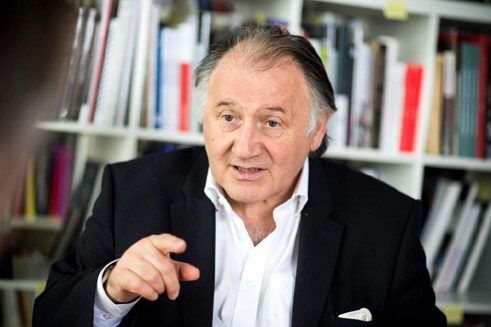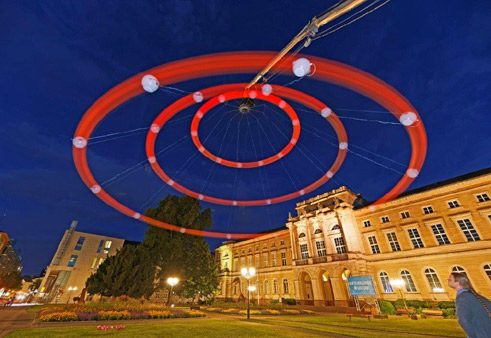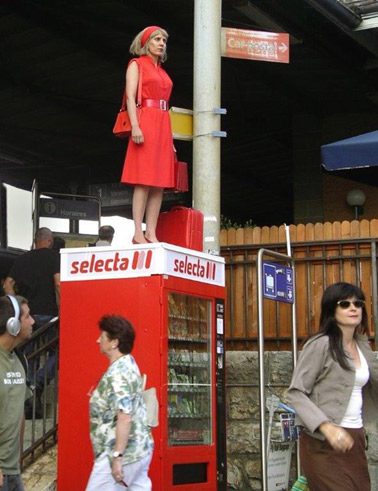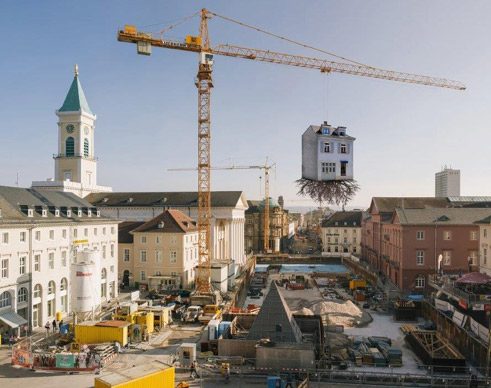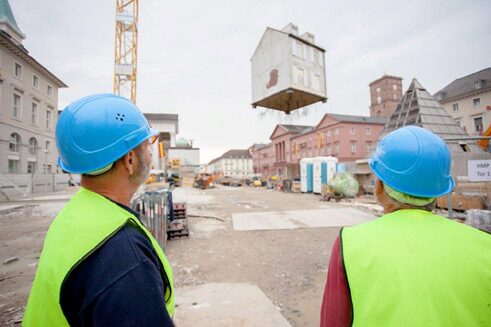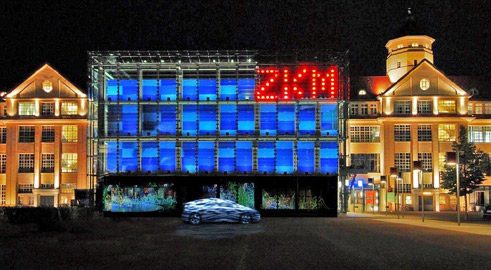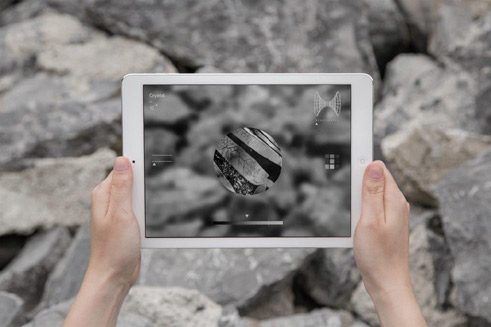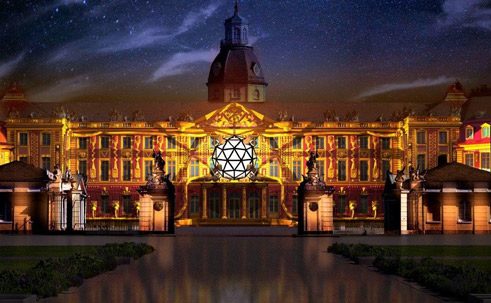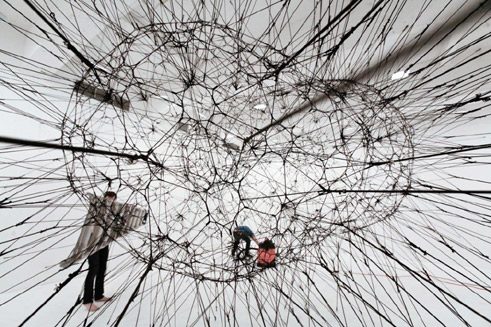Peter Weibel on the festival Globale
“That made waves”

What effects are digitalisation and globalisation having on our world? The Centre for Art and Media Technology Karlsruhe (Zentrum für Kunst und Medientechnologie Karlsruhe /ZKM) is addressing this question with a large-scale exhibition both in urban space as well as in its own facilities.
Mister Weibel, to date, the Globale is your largest project. What is the core concept behind this large-format exhibition?
On the occasion of the 300th anniversary of the City of Karlsruhe, we are holding artistic events over 300 days that are dedicated to the two main trends of the present, globalisation and digitalisation. Hence the name: Globale. The two developments go hand in hand. Without digitalisation there would be no globalisation, and it’s only thanks to globalisation that a technical infrastructure has been made possible for a world-wide data network. The issue now is to point up the effects. One example of this, in my view, is that academic researchers and artists make use of the same digital technologies, the same tools. The rapprochement of the arts and sciences existed already in the Renaissance, after all. Now we’re living in Renaissance 2.0, as it were. External scientists and curators were invited for this project to have the exhibition turn out multi-polar instead of bipolar. Basically, the Globale is an attempt to focus attention on current critical zones with the magnifying glass of science and art.
At the ZKM, the Globale began with a “Tribunal on the Transgressions of the 20th Century“ (“Tribunal zu den Verfehlungen des 20. Jahrhunderts”); in urban space, by contrast, the light projections onto the palace every evening and sensational installations are what draw the masses: How much spectacle is appropriate for such serious themes?
If you are going to put on a large-format event, you must try to reach both the audience and the media, and sometimes a bit of spectacle is needed. I prefer to call this sort of thing “amazing projects.” If one sees a house with roots hanging from a crane one is confused about whether it is art or if in fact a disaster has occurred. Only a very few media would have reported on the Globale if Erwin Wurm’s delivery van, whose front wheels were on the kerb and rear wheels up against the building wall, had not gotten a parking ticket from the city’s traffic wardens. That made waves from Taiwan to Peru. To reach the public one has to do things that are serious art and at the same time convey an aspect of excitement.
Perhaps authorship is the most befitting concept here. It’s a project I had already begun four years ago. The collection of material was originally conceived as a book in which I would document the 20th century’s crimes against humanity on one page for each year. But I soon realised that this framework was too narrow for the material. The exhibition has arrived at 250 million senseless, cruel political murders. I wanted to show that the present of the 21th century is the continuation of the disinhibition that typifies this cruel 20th century. Thus, this collection of material was the point of departure for the tribunal in which the 23 participating scientists and artists have held a trial against the transgressions of the 20th century.
In response to the question of how you liked the opening ceremonies of the city’s tri-centennial, you preferred to remain silent and instead to do a little dance before the 40,000 visitors. To what extent does one actually put oneself in the clutches of city marketing for such events?
That was an intentional silence. I had spontaneously decided not to address this question, but also did not refuse to answer by means of the mute language of dance. Whether this idea reached people is another matter. With the Globale, the ZKM is seeking to give a bit back to the city, which funded us generously on the occasion of the tri-centennial. Of course, nobody wants to be made a slave of city marketing, but in this case one simply must state: “The city is the star!”
Peter Weibel, born 1944 in Odessa, is an artist, theorist, curator as well as texter and singer for the Hotel Morphila Orchester, which he co-founded in 1978. He studied medicine, literature, film, philosophy and mathematics in Vienna and Paris, and has taught at a number of universities in Germany, Austria and the USA. He has served as director of the Centre for Art and Media Theory (ZKM) in Karlsruhe since 1999.
The Globale focuses on the digital shift in the global era. To mark the city’s tri-centennial, part of the project is being held in urban space. The other part, a series of exhibitions, lectures, concerts, performances, readings and film screenings, is being held at the ZKM. The Globale runs from 19 June 2015 until 17 April 2016, i.e. 300 days.
